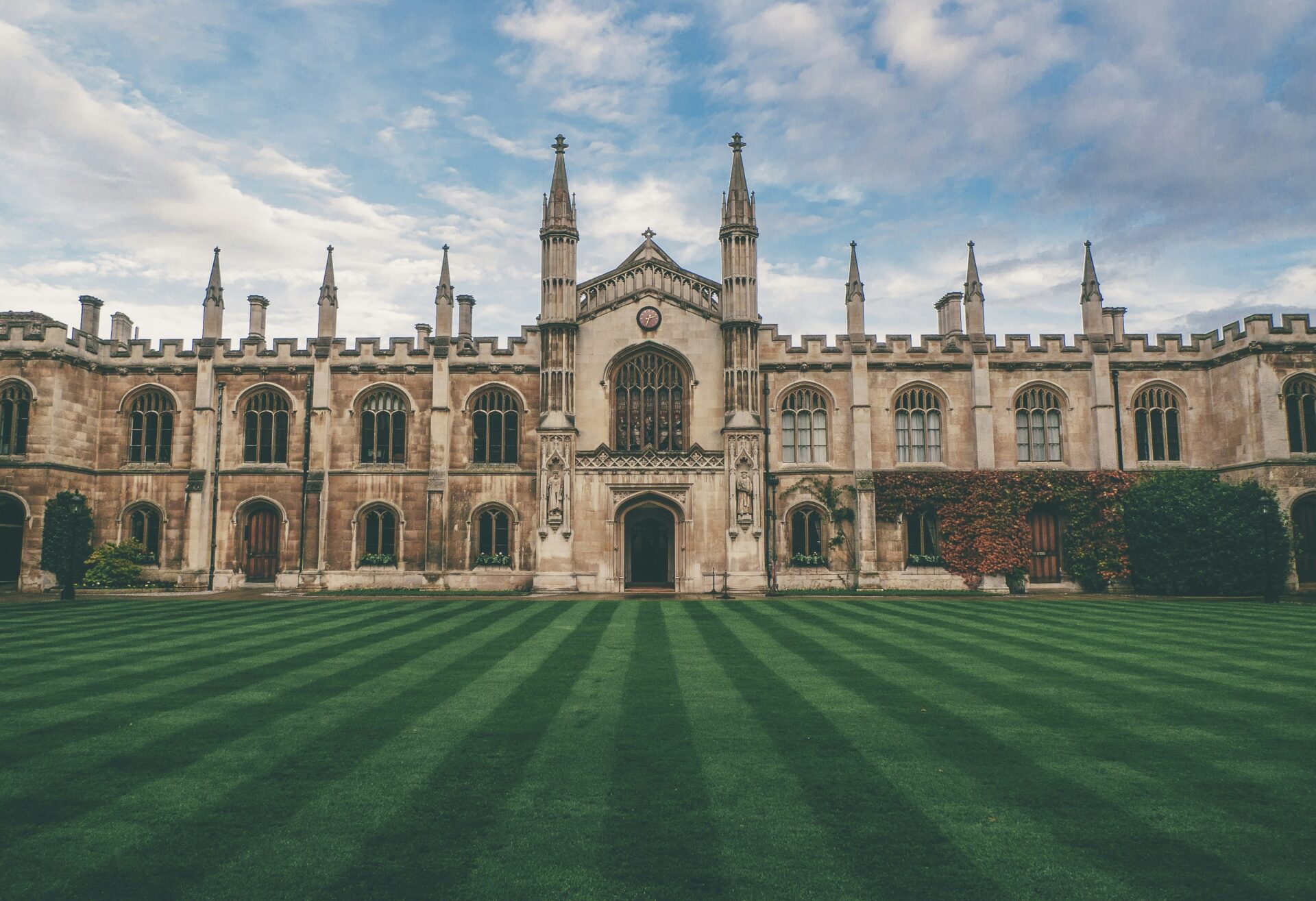Researching colleges can be an incredibly overwhelming task – after all, there are over 2,000 four-year colleges and universities in the United States alone. However, it’s also a pretty essential task. The sooner high schoolers start thinking about colleges, the better, and current 11th-graders need to be building their school list now! But with so many options, the research and list-building process is daunting, and you might not know where to start. A good jumping-off point is understanding the different types of colleges and universities in the United States. Why? It gives you an overview of your options, and hopefully, you’ll consider which types of schools are right for you, which can narrow down your search considerably!
Public vs. Private
One of the first things to understand when considering types of universities is the distinction between public and private institutions. Public universities, sometimes referred to as “state schools,” are funded by the government of the state in which they are located. Private institutions, by contrast, are funded privately rather than by the state government; their funding comes from their tuition and fees as well as donations, as opposed to state taxpayers. In Texas, public universities include the University of Texas, Texas Tech, and Texas A&M. There are several private institutions in Texas, too, such as Baylor University, Texas Christian University, and SMU.
The main factors that separate public and private universities are size and price tag. Public universities tend to be larger than most private institutions. Especially for in-state students, public universities also have much lower tuition costs. Since they are primarily intended to serve residents of that particular state, public universities offer a lower tuition rate for in-state students. In-state tuition at the state school I attended is ⅓ the cost of out-of-state tuition! Private universities are generally far more expensive than public; however, many private institutions do offer generous financial aid and scholarships. Finally, there’s a widespread belief that private universities are more selective and more prestigious than state schools. While this is true in many cases, it isn’t a hard-and-fast rule. As a counterexample, look at UT Austin: a very selective, top-40 institution that’s also a public university!
Research Universities
Research universities are one specific category of school you should also be familiar with. These include both public and private institutions and, as the name suggests, are characterized by high research activity. These institutions offer a large number of doctoral programs as well as their undergraduate academics. There are 146 R1 research universities in the United States, and, if you were curious, Johns Hopkins University in Maryland is considered the oldest! Research universities are a great option for students interested in a career in academia and who are hoping to gain experience in research or laboratory work as an undergraduate.
Ivy League
One subcategory of research universities is the Ivy League. The term “Ivy League” actually originates from an athletic conference, but of course, Ivy League institutions are better known for their selectivity and academic prestige. The Ivy League consists of 8 private universities located in the northeastern United States: Harvard, Princeton, Yale, Brown, Dartmouth, Cornell, Columbia, and the University of Pennsylvania. These schools are incredibly elite, academically rigorous institutions, but they’re also incredibly difficult to get into; if you’re aiming for Ivy League, it’s a good idea to start planning as early as 9th grade.
Public Ivies
The Ivy League is made up of private institutions; however, some public universities of a similar academic caliber are referred to as “Public Ivies.” The term “Public Ivy” was coined in 1985 to describe public universities that offer an Ivy League-level education at a much lower price. When the term was first coined, the Public Ivies were considered the College of Willam & Mary, Miami University, University of Michigan, University of North Carolina at Chapel Hill, UT Austin, University of Vermont, University of Virginia, and all of the schools in the University of California system. The Public Ivies are not a clearly defined category like the Ivy League, and there’s a lot of debate about which schools fall into this group. However, all of the aforementioned schools are still part of the conversation, as are others such as Georgia Tech, University of Washington, and Indiana University – Bloomington. Some of the institutions considered to be Public Ivies aren’t as selective as the Ivy League, but some certainly are – it’s a good idea to research the admissions statistics for specific schools rather than make assumptions.
Liberal Arts Colleges
Another type of school, very different from research universities, is liberal arts colleges. These are private institutions that tend to be rather small, and they focus on a well-rounded undergraduate education rather than research. These schools offer programs in humanities, sciences, and social sciences, but might not have as many specializations, because the “goal” of these institutions isn’t to acquire highly specialized knowledge. For students who like the idea of a smaller school, and might not have a specific career path in mind, liberal arts schools are a great option.
Historically Women’s Colleges
Some liberal arts colleges are also single-sex institutions or Historically Women’s Colleges. These institutions were initially founded to serve female students during an era when women couldn’t attend institutions like Harvard or Yale. Many are still women-only institutions, and some are co-ed but still enroll a majority of women. Some of the most prestigious women’s colleges in the US were initially founded as sister institutions to the Ivy League: Barnard College, Bryn Mawr College, Mount Holyoke College, Smith College, Vassar College, and Wellesley College. Many female students might prefer these historically women’s colleges for reasons like the more inclusive campus environment.
Religious Institutions
Some private colleges and universities are specifically religious institutions. These schools are affiliated with a particular faith or church. For example, Baylor is a religious university in Texas affiliated with the Baptist Church. The majority of religious universities in the United States are affiliated with some Christian denomination: Baptist, like Baylor, Catholic (i.e. Notre Dame or Villanova), etc. Most of these schools don’t require students to be a member of the affiliated faith, but might have religious course requirements, mandated attendance of religious services, or a large number of religious activities on campus. For students who want their faith to be a major part of the college experience, it’s a good idea to consider these religious colleges and universities.
There are a lot of options when it comes to colleges and universities, but understanding these categories can give you a better idea of what you’re looking for. At The Enrichery, we know how daunting the college search – and the entire admissions process! – can be; fortunately, we’re here to help. If you’re looking for support throughout the entire process, from building your school list to pressing “submit,” consider our College Admissions Workshop! Our expert team will be available to help every step of the way, and students will get their applications done before they even start senior year.
If you have any questions about college admissions and how we can help your family on this journey, give us a call at (713) 370 – 4118 or contact us today!





